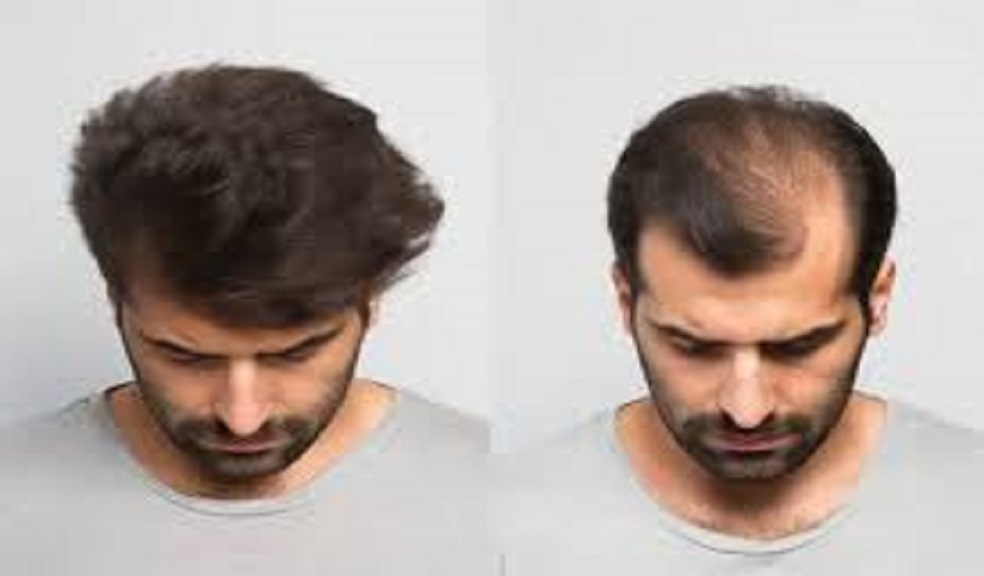
Hair loss can be a deeply personal experience, but restoring your hair — and your confidence — is now more achievable than ever. In Riyadh, patients are turning to state-of-the-art hair transplant clinics to achieve natural, long-lasting results. But what exactly does the hair transplant journey involve?
In this article, we take you step by step through the entire process — from the initial consultation to the final outcome — so you can feel informed, confident, and ready for transformation.
Step 1: The Initial Consultation
The first step in your Hair Transplant in Riyadh restoration journey begins with a one-on-one consultation at a reputable clinic in Riyadh. During this session, your hair loss will be carefully assessed, and the specialist will determine the best treatment strategy based on:
-
The cause and pattern of your hair loss
-
The condition of your scalp and donor area
-
Your age, health status, and personal goals
-
The best-suited technique: FUE, DHI, or FUT
You’ll also receive a customized treatment plan outlining the number of grafts needed, expected results, and estimated cost.
Step 2: Pre-Procedure Preparation
Once your plan is finalized, your clinic will guide you through pre-procedure instructions, which may include:
-
Avoiding smoking and alcohol
-
Pausing certain medications
-
Washing your scalp with prescribed shampoo
-
Refraining from caffeine on the day of the procedure
Your comfort and safety are a top priority, and clinics in Riyadh ensure you’re fully prepared for the big day.
Step 3: The Hair Transplant Procedure
On the day of the procedure, you’ll arrive at the clinic for a typically painless and well-monitored process. The method chosen — whether FUE, DHI, or FUT — will dictate the steps taken:
FUE (Follicular Unit Extraction):
Individual follicles are extracted and implanted into the target areas.
DHI (Direct Hair Implantation):
Hair follicles are directly implanted using a Choi pen, allowing precise control of angle and depth.
FUT (Follicular Unit Transplantation):
A strip of scalp is removed and dissected into grafts for transplantation.
The procedure is usually performed under local anesthesia and takes between 4 to 8 hours, depending on the number of grafts.
Step 4: Recovery and Aftercare
After the transplant, you’ll receive detailed aftercare instructions to support healing and maximize results:
-
Keep your head elevated when sleeping for the first few nights
-
Avoid touching or washing the transplanted area for 48–72 hours
-
Use a gentle shampoo as recommended by your clinic
-
Avoid strenuous activities, direct sun, and heat for a couple of weeks
Riyadh clinics offer regular follow-ups and remote support, ensuring you’re never alone in your recovery.
Step 5: Seeing the Results
Hair growth happens gradually, and it’s important to be patient as your new hair develops in phases:
-
1–2 weeks: Shedding of transplanted hairs (normal part of the process)
-
2–3 months: Early signs of regrowth
-
4–6 months: Noticeable thickening
-
9–12 months: Final results with full density and natural texture
By the one-year mark, you’ll enjoy a fuller, healthier head of hair — one that grows naturally and lasts for years.
Why Choose Riyadh?
Riyadh is becoming a go-to destination for hair restoration thanks to:
-
Skilled, internationally trained surgeons
-
Modern clinics with advanced equipment
-
Patient-first approach with customized care plans
-
Competitive pricing and high satisfaction rates
From your first consultation to your final follow-up, the hair transplant experience in Riyadh is designed to be smooth, professional, and deeply rewarding.
A New Look Starts with a Single Step
Your transformation doesn’t happen overnight — but it starts with a single decision. Choosing to invest in a hair transplant in Riyadh could be one of the most empowering moves you make. With the right clinic and expert team, you can restore not just your hair, but your confidence, self-image, and quality of life.